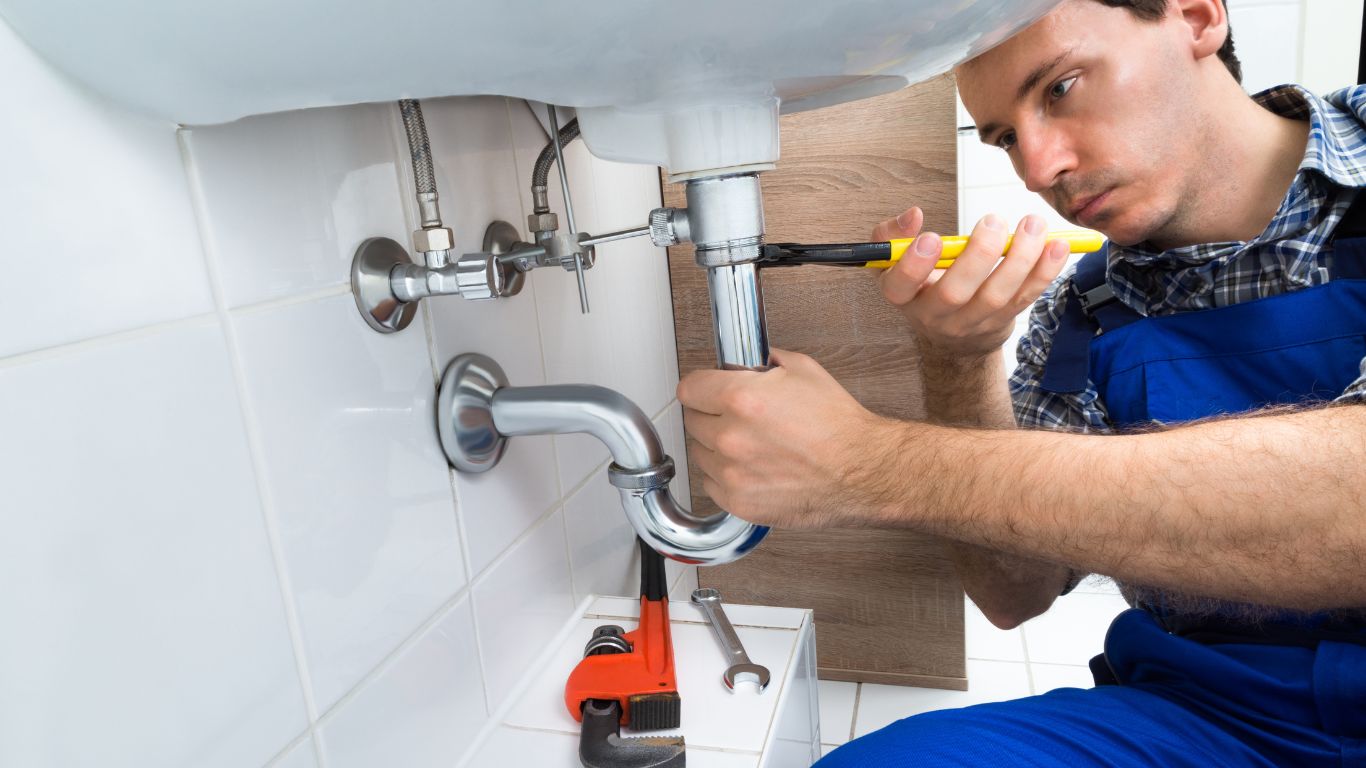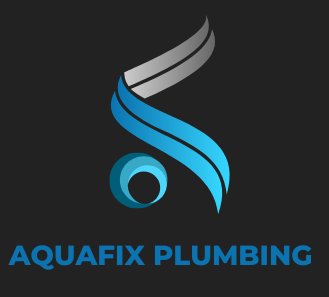Water damage is a homeowner’s nightmare, especially in older Durban homes, which face unique challenges. Hidden threats like leaky roofs and faulty plumbing abound, putting your investment at risk. This blog post uncovers the common causes of water damage in these age-old structures, helping you understand and safeguard your cherished home. Let’s get started.
Why are homes in Durban more at risk?
Older homes in Durban, while often boasting character and charm, are particularly at risk of water damage due to a combination of factors:
- Leaking Pipes: The plumbing systems in older Durban homes often consist of aging galvanized iron pipes. Over time, these pipes corrode, leading to leaks, reduced water pressure, and even burst pipes. Poor installation practices from bygone eras can exacerbate these issues.
- Roof Leaks: Durban’s weather, with its heavy rainfall and strong winds, puts a significant strain on roofs. Aging roofing materials, such as tiles or corrugated iron sheets, can deteriorate and become vulnerable to leaks. Improper sealing and flashing around chimneys, vents, and skylights provide additional entry points for water.
- Poor Drainage: Blocked gutters and downspouts are a common sight in Durban, thanks to the lush vegetation. This stops rainwater from flowing away from your home, increasing the risk of water seeping into the foundation or basement. Inadequate grading around the house can also cause water to pool and penetrate the structure.
- Foundation problems: The foundations of older homes can develop cracks and gaps due to settling, ground movement, or the effects of Durban’s humidity. These openings allow water to infiltrate the basement or crawl spaces, leading to dampness and structural problems. Poor soil drainage around the foundation further exacerbates this issue.
Spotting the early warning signs
Early detection is imperative when it comes to preventing extensive water damage. It’s important to keep an eye out for any of the following problems.
- Visible Water Stains: Discoloration on walls, ceilings, or floors often indicates water intrusion.
- Mold Growth: Black, green, or white patches on walls, ceilings, or in damp areas signal a moisture problem.
- Musty Odors: A persistent damp smell, especially in closed rooms or basements, suggests hidden water damage.
- Warped Walls and Floors: Buckling or warping of wooden structures is a clear sign of prolonged moisture exposure.
Protecting Your Durban Home: Proactive Measures
Prevention is always better than cure. Here are some essential steps Durban homeowners can take to safeguard their properties:
- Regular Maintenance: Schedule annual inspections of your plumbing, roof, and drainage systems. Clean gutters and downspouts regularly, especially during the rainy season.
- Upgrades: Consider replacing old galvanized iron pipes with more durable materials like copper or PVC. If your roof is nearing the end of its lifespan, invest in a replacement with high-quality materials and proper installation.
- Drainage Solutions: Make sure your property has adequate grading to direct water away from the foundation. Install French drains or sump pumps if necessary to improve soil drainage.
Dealing with Water Damage
- Act Quickly: The faster you respond, the less damage will occur. Turn off the main water supply to prevent further flooding. Move valuable items and furniture to a dry location.
- Call the Professionals: Contact a reputable water damage restoration company like Aquafix. They have the expertise and equipment to assess the damage, extract water, dry the affected areas, and restore your home to its pre-damage condition.
- Document Everything: Take photos and videos of the damage for insurance purposes. Keep records of all communication and expenses related to the restoration process.

Learn more about common plumbing issues in Durban homes.
How do I know if my underground pipe is busted?
Increased Water Bill: Unexplained spike in cost.
•Puddles/Wet Spots: Damp areas on lawn or foundation.
•Low Water Pressure: Sudden drop in flow.
•Mold or Mildew Indoors: Unexpected growth near walls/floors.
•Running Water Sound: When no taps are on.


Recent Comments